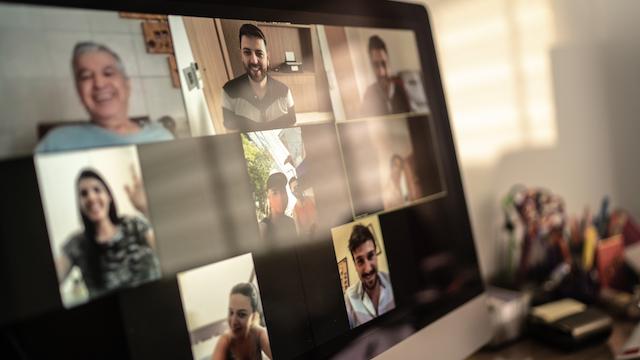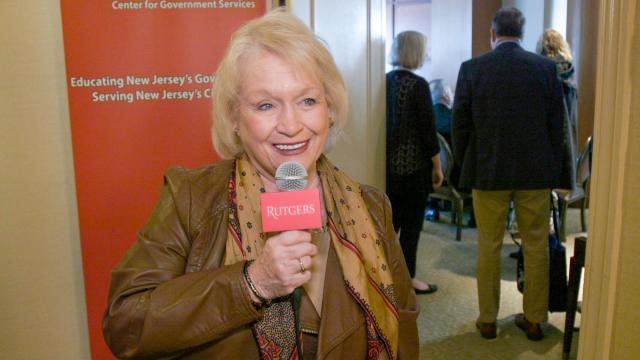Rutgers Center for Government Services (CGS) courses have traditionally been taught face-to-face, so when the coronavirus pandemic shut down physical learning, CGS had to adapt. They responded by immediately converting a program with fewer than three percent of online courses to a fully digital learning experience. CGS has been providing timely and relevant training for New Jersey state and local officials for over 60 years, so it was important to continue to meet the needs of New Jersey’s municipal workers.
“In March of 2020 we were forced to convert over 50 courses from face-to-face to online, a major transformation,” according to Alan Zalkind, the director of CGS.
Most students learning in the CGS do not fit the typical profile of a college student. For starters, students in the program tend to be mid-career full-time government workers, said Zalkind.
The transition was not easy, but it was important. Despite a nontraditional student population of professionals, and the fact that their program had limited experience with online learning prior, CGS took several steps to create an engaging digital education experience for students.
According to Zalkind, that transformation required a close relationship with IT and CGS’ senior program coordinators.
“We accepted it. This is our business — we either offer the courses online or we close down. And the option of closing down was never an option,” Zalkind said. “We had five senior program coordinators working with IT, and we trained all of our instructors on how to convert their courses from face-to-face to online.”
Without such a sweeping response, CGS would not have been able to provide a quality online experience for their students. The pandemic’s abrupt takeover of American life forced Zalkind, CGS coordinators, and the program’s educators to adjust on the fly, only making their task more daunting. They used many now-common platforms to help achieve their goals.
“This happened in the middle of a semester. It wasn’t as if we had a chance to plan for it,” Zalkind said. “We used Zoom, WebEx, and Canvas. Those are the three learning modalities that we used.”
Moving Instruction Online
Instructors in CGS were paid for their efforts, which helped aid in cooperation with then-new online protocols.
“We offered additional compensation to our instructors to learn the online modalities and convert their courses. We did not expect them to work for free,” Zalkind said. “We had enormous cooperation from the instructors.”
Surprisingly, half of the students in the typical in-person program indicated that they prefer online courses, despite the fact that online options were mostly new to CGS. Zalkind himself was surprised at the high level of student satisfaction.
“We evaluate our courses. Fifty percent prefer online, 50 percent prefer face-to-face, and 60 percent prefer a hybrid, a combination of both,” Zalkind said. “We were surprised how many students enjoyed and appreciated the online courses. We didn’t think the level of satisfaction would be that high.”
Going forward, CGS will make adjustments to their program to include online classes, even after the pandemic has ended. This is no surprise, considering the student acclaim that digital learning has been garnered.
But that ultimate decision will be determined using feedback from the program’s instructors.
“We might ask the instructors what they are more comfortable doing, because they’re the heart of this program,” Zalkind said. “Depending upon their responses, that’s how we’ll structure the courses.”

